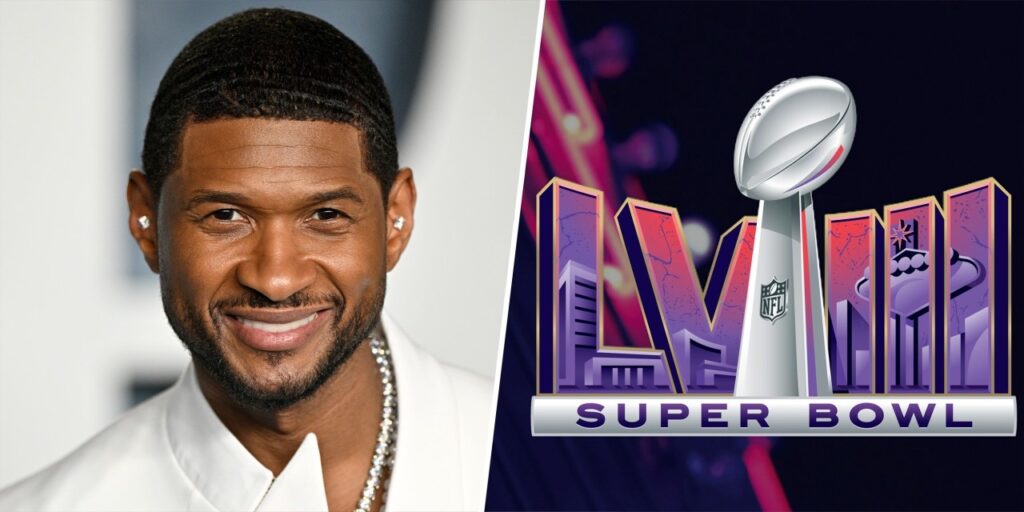Super Bowl LVIII, aka SB 58, set a record with a staggering 123.4 million viewers! It was the most watched American television broadcast in a generation and the most watched Super Bowl in history! The Kansas City Chiefs versus the San Francisco 49ers showdown in Las Vegas surpassed the record of 115 million viewers last year, when the Chiefs defeated the Philadelphia Eagles. It came close to the estimated 125-150 million viewers who watched the Apollo 11 moon landing in 1969.
The big game, which aired on CBS and the Paramount Plus streaming platform, was also simulcast in Spanish on Univision as well as telecasted on Nickelodeon. Some are saying it was the “Taylor Swift Effect;” however, each year NFL games have made up the majority of “most watched” television programs per year. This was way before Taylor Swift began dating Kansas City Chiefs tight end Travis Kelce.
You might be asking yourself, what does this all mean? It means it makes this event the most valuable to advertisers looking to reach the mass market. In fact, companies shelled out approximately $7 million for each 30-second ad. The ads have taken on a life of their own, as many non-football fans tune in just to see the new ads, many of which are now released ahead of time.
Because of this tremendous exposure, both the NFL and CBS are in a powerful position. In addition, Apple Music pays the NFL $50 million per year to sponsor the Super Bowl halftime show. Did you know that Usher didn’t receive one penny of that money?
Many famous performing artists have graced the Super Bowl halftime stage, such as Prince, Michael Jackson, Beyonce, Rihanna, Justin Timberlake, Jennifer Lopez and the Rolling Stones! Instead of getting paid, they receive an opportunity to leverage the honor of performing in front of over 115+ million people. This results in a significant increase in concert ticket sales, followers gained and increases in their music streaming numbers! When they accept the invitation, they are thinking long-term.
In my opinion, it is a fascinating system and here’s how it works. The artist receives a $15 million promotional budget to work with. The budget covers the massive number of 2000-3000 part-time workers which includes set design, security, marketing and dancers, etc. The artist cannot pocket the money!
Sometimes, the $15 million budget isn’t sufficient to cover all of the show’s expenses. For example, three years ago at Super Bowl 55, The Weeknd spent $7 million extra of his own money to subsidize the show and Dr. Dre spent similar money the following year at Super Bowl 56 in 2022.
The metrics data supports the theory that savvy marketing dollars spent yields big potential profits, meaning money makes money in the performing arts!
Take a look at the following post-performance numbers that have played out:
- Justin Timberlake saw a 534% increase in his music sales after Super Bowl 52.
- Travis Scott’s performance fees doubled from $500,000 to $1 million each from Super Bowl 53.
- Both Jennifer Lopez and Shakira gained 3 million Instagram followers each after their dual performance in Super Bowl 54.
- Rihanna’s performance had more viewers (118 million) than the game averaged (115 million) which includes YouTube views.
- The Weeknd sold 1 million concert tickets after his performance in Super Bowl 55.
This is why Usher was clever to accept the Super Bowl 58 invitation and he took it a step further by announcing his 24-city arena tour with tickets available as soon as he exited stage left! He also appeared on several of the good morning America shows to promote his performance.
StubHub claims that artists typically see a 50% increase in concert ticket searches after performing at the Super Bowl!
I always say the best deals are when everybody wins! If you think about it, the NFL gets the top performers to jam for free and the musicians get a deeply discounted 13-minute commercial for a small fraction of what corporations must pay.
Bravissimo to Usher and the NFL!



